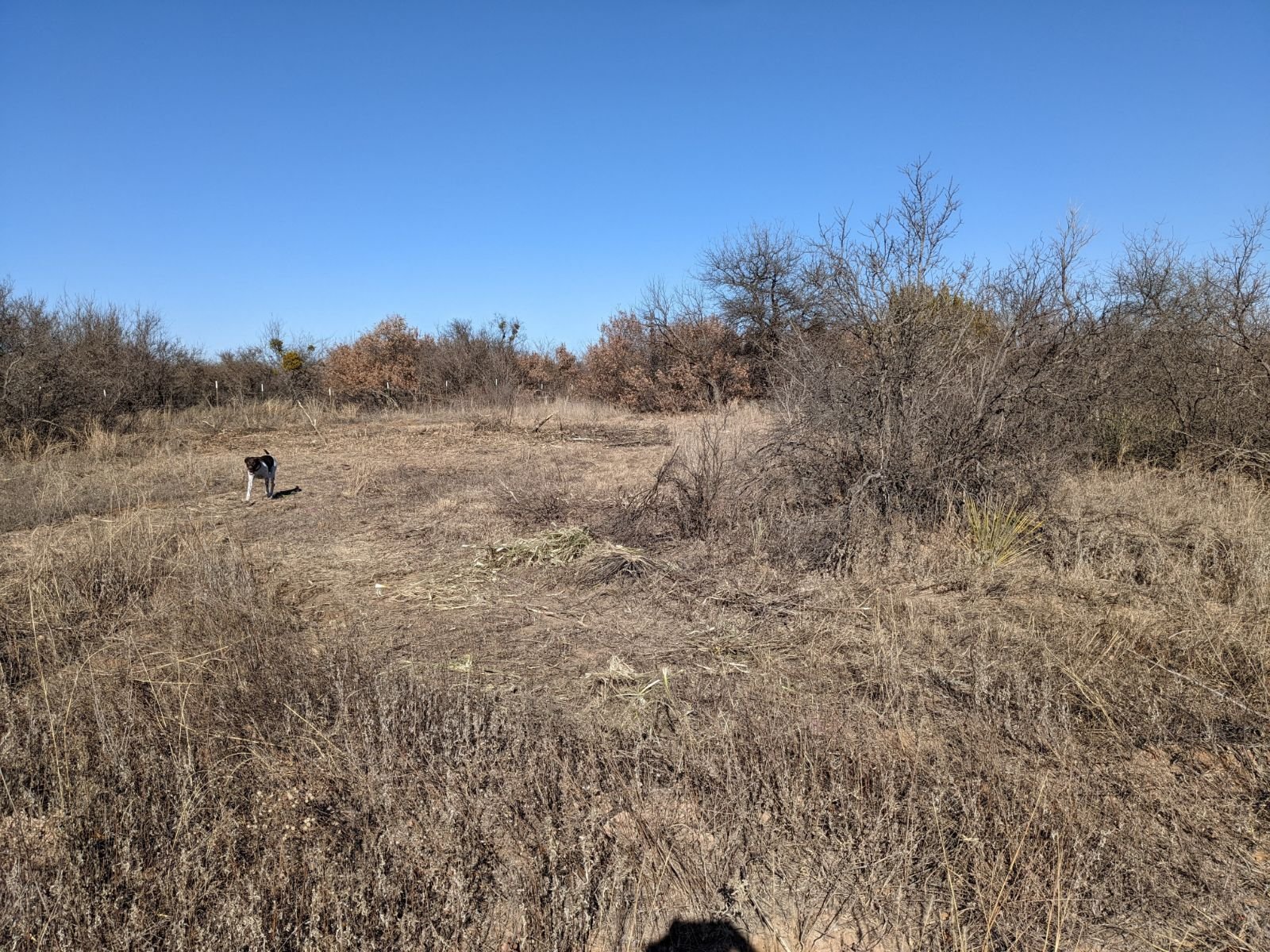
Game Birds
-

Blue Scaled Quail
The Blue Scaled Quail, also known as the Blue Quail or Scaly Quail, is a species native to the southwestern United States and parts of Mexico. Here are some key points about them:
Sold as Hatching eggs, Day old Chicks
Appearance: They are small, plump birds with intricate blue-scaled markings on their underparts, which give them their name. They have a scaled pattern on their breast, belly, and flanks, and their upperparts are a mottled brown.
Habitat: Blue Scaled Quails inhabit arid and semi-arid regions, favoring open grasslands, scrublands, and desert areas with sparse vegetation. They often seek shelter in brushy areas and forage on the ground for seeds, grains, and insects.
Behavior: These quails are generally ground-dwelling birds, preferring to run rather than fly when disturbed. They are known for their distinctive call, a whistled bob-white-like note, which they use to communicate within their coveys.
Reproduction: Breeding typically occurs during the warmer months. They build their nests on the ground, using vegetation to create a shallow depression where the female lays eggs. The clutch size usually ranges from 12 to 14 eggs.
-

Bobwhite Quail
Sold as Hatching Eggs, Day old chicks and Flight conditioned birds raised in a pen with Native West Texas plants.
The Bobwhite Quail, commonly known as the Northern Bobwhite, is a small ground-dwelling bird native to North America. Here's a brief overview:
Appearance: These quails have compact bodies, mottled brown plumage with distinctive black and white markings on their face and throat. Males often sport a striking white throat bordered by a black line.
Habitat: They prefer open grasslands, agricultural fields, brushy areas, and woodland edges across the eastern United States, thriving in diverse habitats.
Behavior: Bobwhites are known for their whistled "bob-WHITE" call, a characteristic sound heard year-round that gives them their name. They're social birds, often forming coveys, small groups that help each other find food and evade predators.
Diet: Their diet primarily consists of seeds, grains, insects, and green vegetation, foraged on the ground.
Reproduction: They build nests on the ground, laying around 12 eggs per clutch. The chicks are precocial, able to leave the nest shortly after hatching.
Conservation: Habitat loss and changes in agricultural practices have led to declines in Bobwhite populations, making conservation efforts critical to their survival.
Importance: They're popular game birds, hunted for sport, and their conservation is often tied to land management practices that benefit both the quail and other wildlife.
-

Ring-Neck Pheasant
Coming Soon 2024


